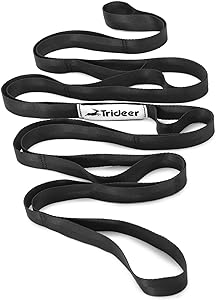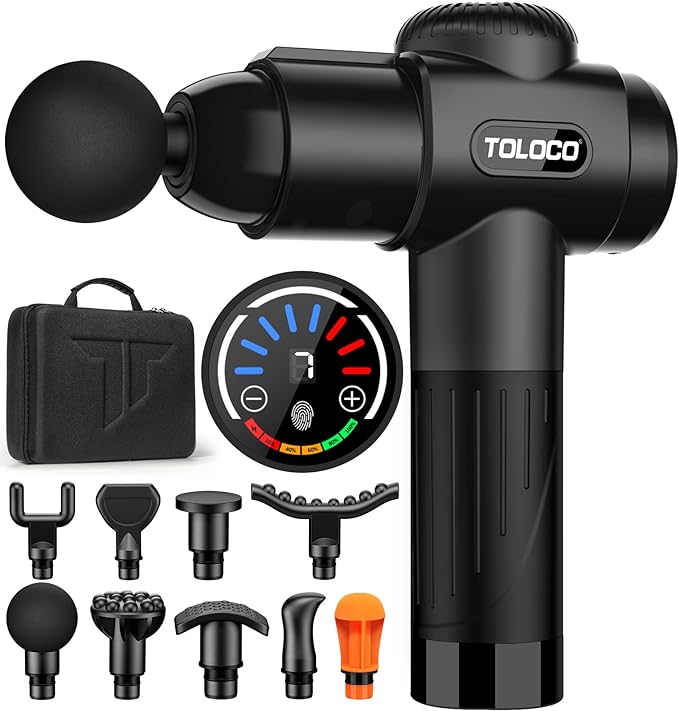In the pursuit of health and fitness, having the right equipment can make all the difference. Whether you’re setting up a home gym or looking to enhance your workouts at the local gym, understanding the essential fitness equipment available can help you make informed decisions. In this guide, we’ll explore various categories of fitness equipment, detailing their uses and benefits to help you elevate your fitness routine.
1. Cardiovascular fitness Equipment
1.1 treadmills
- Uses: Walking, jogging, and running.
- Benefits: Improve cardiovascular health, burn calories, and enhance endurance. Most treadmills come with adjustable speeds and inclines to simulate outdoor conditions.
If you want to learn more about treadmills click here

1.2 stationary bikes
- Uses: Low-impact cycling exercises.
- Benefits: Great for cardiovascular workouts, building leg strength, and burning calories. Options include upright bikes, recumbent bikes, and spinning bikes.
To learn more about stationary bikes click here

1.3 elliptical trainers
- Uses: Simulate running or walking without high impact on joints.
- Benefits: Provide full-body workouts, improve cardiovascular health, and reduce the risk of injuries.

1.4 rowing machines
- Uses: Full-body rowing motion.
- Benefits: Excellent for cardiovascular fitness, full-body strength training, and calorie burning.

2. Strength Training Equipment
2.1 free weights
- Dumbbells: Versatile and suitable for various exercises, from bicep curls to shoulder presses.
If u want to check our list of the best dumbbells click here
- Barbells: Used for heavier lifts like squats, deadlifts, and bench presses.
- Kettlebells: Ideal for dynamic exercises that combine strength, flexibility, and cardiovascular conditioning.
2.2 weight machines
- Uses: Target specific muscle groups with controlled movements.
- Benefits: Safer for beginners, help in isolating muscles, and reduce the risk of improper form.
2.3 resistance bands
- Uses: Add resistance to bodyweight exercises.
- Benefits: Portable, versatile, and ideal for improving strength, flexibility, and rehabilitation exercises.

2.4 cable machines
- Uses: Perform a variety of exercises with adjustable weights and pulleys.
- Benefits: Allow for constant tension on muscles, versatile, and suitable for functional training.
3. Flexibility and Mobility Equipment
3.1 yoga mats
- Uses: Provide cushioning for floor exercises and yoga routines.
- Benefits: Enhance comfort, prevent slipping, and support joint health.

3.2 foam rollers
- Uses: Self-myofascial release to relieve muscle tightness.
- Benefits: Improve flexibility, reduce muscle soreness, and aid in recovery.
If u want to check our list of the best dumbbells click here

3.3 stretching straps
- Uses: Assist in stretching exercises.
- Benefits: Increase flexibility, improve range of motion, and support proper stretching techniques.

4. Functional Training Equipment
4.1 medicine balls
- Uses: Dynamic exercises, such as slams, throws, and core workouts.
- Benefits: Enhance power, coordination, and overall functional strength.

4.2 bosu balls
- Uses: Balance and stability exercises.
- Benefits: Improve core strength, balance, and coordination.

4.3 suspension trainers
- Uses: Bodyweight exercises that leverage gravity.
- Benefits: Improve strength, balance, flexibility, and core stability.
5. Recovery Equipment
5.1 massage tools
- Uses: Provide deep muscle treatment through rapid pulses.
- Benefits: Relieve muscle soreness, improve circulation, and speed up recovery.

5.2 compression devices/ clothing
- Uses: Apply dynamic pressure to limbs.
- Benefits: Enhance blood flow, reduce muscle fatigue, and aid in recovery.

6. Other Essentials
6.1 jump ropes
- Uses: Cardiovascular exercise and coordination training.
- Benefits: Burn calories, improve cardiovascular health, and enhance agility.

6.2 exercise balls
- Uses: Stability exercises and core workouts.
- Benefits: Improve balance, strengthen core muscles, and add variety to workouts.

6.3 pull-up bars
- Uses: Upper body strength exercises, particularly pull-ups and chin-ups.
- Benefits: Build upper body strength, enhance grip strength, and improve back muscles.

Conclusion
Equipping yourself with the right fitness tools is crucial for achieving your health and fitness goals. Whether focusing on cardiovascular health, strength training, flexibility, functional fitness, or recovery, there are numerous options to cater to your needs. Understanding the benefits and uses of each piece of equipment can help you create a balanced and effective workout routine. Invest wisely in quality equipment, and you’ll be well on your way to a healthier, fitter you.